Cppreference gives the following example about memory_order_relaxed:
Atomic operations tagged
memory_order_relaxedare not synchronization operations, they do not order memory. They only guarantee atomicity and modification order consistency.
Then explains that, with x and y initially zero, this example code
// Thread 1:
r1 = y.load(memory_order_relaxed); // A
x.store(r1, memory_order_relaxed); // B
// Thread 2:
r2 = x.load(memory_order_relaxed); // C
y.store(42, memory_order_relaxed); // D
is allowed to produce r1 == r2 == 42 because:
- Although A is sequenced-before B within thread 1 and C is sequenced-before D in thread 2,
- Nothing prevents D from appearing before A in the modification order of
y, and B from appearing before C in the modification order ofx.
Now my question is: if A and B can't be reordered within thread 1 and, similarly, C and D within thread 2 (since each of those is sequenced-before within its thread), aren't points 1 and 2 in contradiction? In other words, with no reordering (as point 1 seems to require), how is the scenario in point 2, visualized below, even possible?
T1 ........... T2
.............. D(y)
A(y)
B(x)
.............. C(x)
Because in this case C would not be sequenced-before D within thread 2, as point 1 demands.

